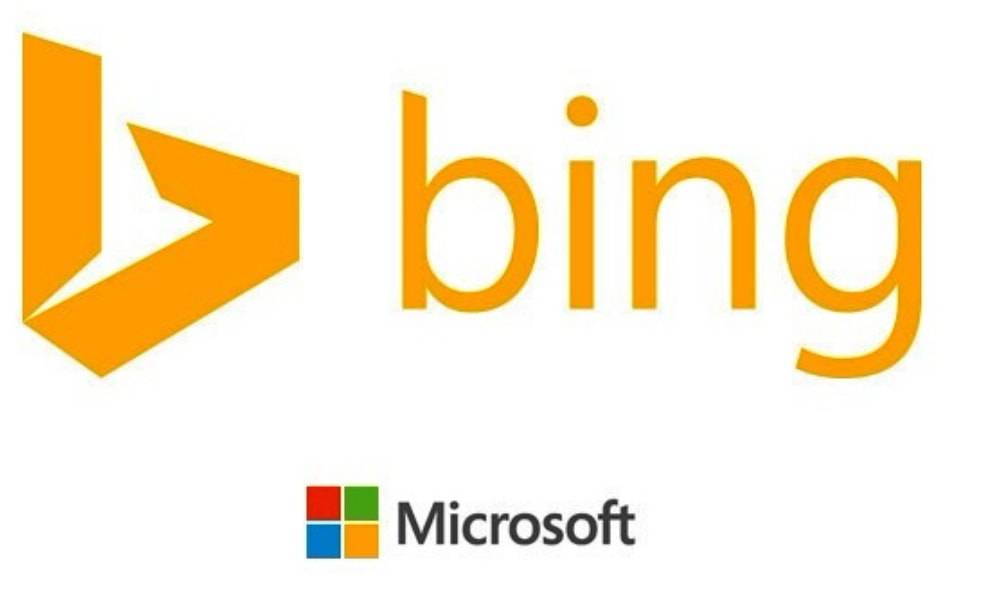The Bing algorithm employs deep learning and vector search to populate search results based on the intent of the user query.
In a landmark move, Microsoft has let everyone in on one of its closely-guarded software technology secrets. Its Space Partition Tree and Graph (SPTAG) algorithm, built around deep learning and vector search functionalities, and used in its popular search engine, Bing, is now accessible to all in an open-source GitHub (also a Microsoft subsidiary) project. This comes as a welcome change from when Microsoft was a closed community and is one of the many reasons for the brand’s steady revival in recent times.
Deep learning is an artificial intelligence technique used to mimic the functions of a complex human brain, thereby identifying patterns of data and making important decisions about various things. This is in turn made possible by the vectorizing of data, whether audio, textual or visual, a process which simply attaches a convenient numerical representation to each data unit.
Microsoft uses the SPTAG algorithm to comb through millions of pieces of data in a matter of mere milliseconds. SPTAG makes use of a combination of deep learning and vector search techniques to better understand what a user is searching for and produce relevant, intuitive results by getting a handle of their search intent and not relying on the search keyword(s) alone. For instance, if you search ‘How tall is the tower in Paris?’, you will receive a natural language result stating that the Eiffel Tower is 1,603 feet. It is imperative to note here that neither will the word ‘tall’ appear in the search result nor would you have mentioned the ‘Eiffel Tower’ in your query.
With the unveiling of the SPTAG algorithm, coders will now be able to work towards creating their own search engine or even offering advice/updates that make Bing better, developing non-traditional search applications like detecting the language spoken in an audio clip, etc. Make sure to check out our other online marketing trend reports to understand the big bad world of the internet better.
Popular Searches
How useful was this post?
0 / 5. 0


















2 thoughts on “Microsoft’s SPTAG is now Open-Source”
Nice Article
Thank you, Subscribe to our blogs to stay updated with upcoming blogs.